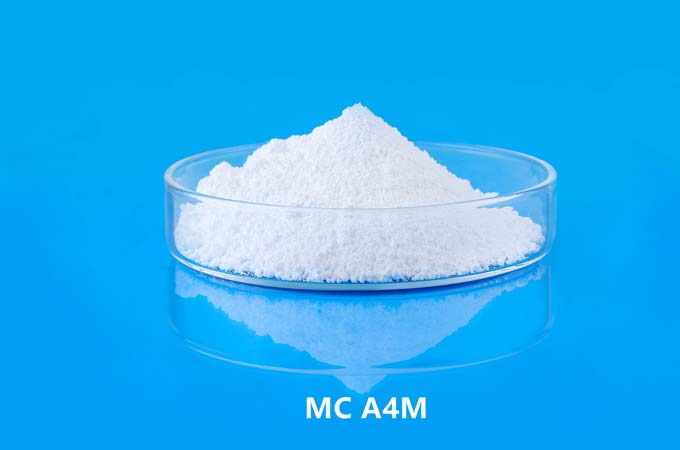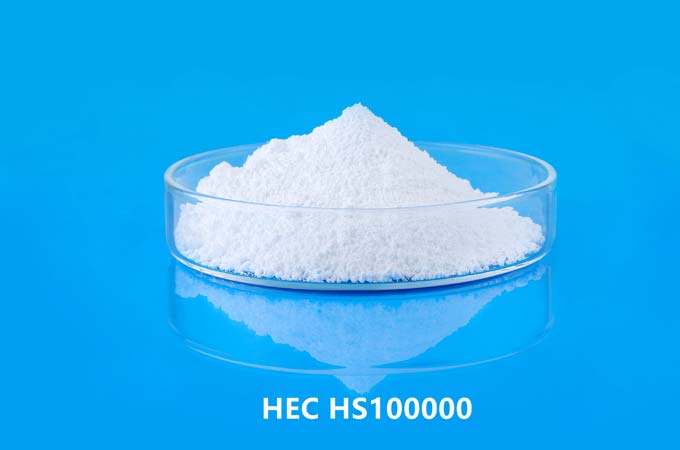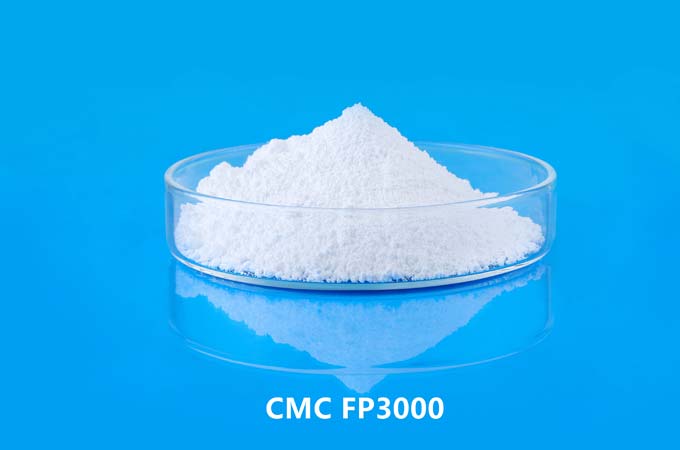Cellulose ethers are a class of organic compounds derived from cellulose, the most abundant organic polymer on earth and the main structural component of plant cell walls. These ethers are widely used in various industries including construction due to their excellent properties, making them excellent building materials.
1. Structural characteristics of cellulose ether:
a. Chemical structure:
Cellulose ethers are derived from cellulose, a linear polysaccharide composed of repeating glucose units linked by β(1→4) glycosidic bonds. The introduction of ether groups into the cellulose backbone results in the formation of cellulose ethers. Common cellulose ether types include methylcellulose (MC), hydroxypropylmethylcellulose (HPMC), ethylcellulose (EC), and carboxymethylcellulose (CMC). These ethers have different degrees of substitution and molecular weight, which affects their properties and applications.
b. Functional group:
The ether groups (-O-) in cellulose ethers replace some of the hydroxyl groups (-OH) present in the cellulose backbone. Depending on the type of ether and its degree of substitution, different functional groups can be introduced, such as methyl, hydroxypropyl, ethyl or carboxymethyl. These functional groups impart unique properties to cellulose ethers, including solubility, rheological behavior, and film-forming capabilities.
C. Solubility and Rheological Properties:
Cellulose ethers are generally soluble in water and certain organic solvents, depending on their degree of substitution and molecular weight. This dissolution behavior is crucial for their application in construction materials, where they are often used as water-soluble additives to modify the properties of cementitious systems. Furthermore, cellulose ethers exhibit pseudoplastic behavior, meaning that their viscosity decreases under shear stress, favoring ease of application and achieving desired flow properties in architectural formulations.
2. Application of cellulose ether in construction:
a. Cement and mortar additives:
One of the main applications of cellulose ethers in construction is as an additive to cement-based materials such as mortar and concrete. Cellulose ethers act as water retaining agents, improving workability and preventing premature drying of the cementitious mixture. In addition, they enhance adhesion, reduce sag and increase the cohesion of the mortar, thus improving the mechanical properties and durability of hardened concrete structures.
b. Tile adhesives and grouts:
Cellulose ethers are widely used in tile adhesives and grouts to improve their bond strength, water retention and sag resistance. By incorporating cellulose ethers into tile adhesive formulations, manufacturers can achieve superior adhesion to the substrate, reduce shrinkage during curing, and enhance resistance to water penetration, ensuring tiles in a variety of construction projects. The installation is durable and beautiful.
C. Gypsum products:
In the production of gypsum-based materials such as plaster, joint material and drywall, cellulose ethers are used as additives to regulate setting time, improve workability and enhance the mechanical properties of the final product. By controlling the hydration dynamics of gypsum, cellulose ethers enable better application performance, reduced cracking and improved impact resistance, resulting in high-quality finishes and structural integrity in interior architectural applications.
d. Self-leveling underlayment:
Cellulose ethers play a vital role in the formulation of self-leveling underlayments, which are used to create a smooth, flat base for floor coverings. These materials rely on cellulose ethers to achieve proper flow and leveling properties, as well as enhance cohesion and prevent segregation. By incorporating cellulose ethers into self-leveling underlayment formulations, construction professionals can achieve precise thickness control, rapid cure and improved surface flatness to optimize the installation of floor coverings such as tile, wood or carpet.
e. Waterproof membrane:
In waterproofing applications, cellulose ethers are used as key ingredients in liquid coating films and coating formulations. These membranes effectively prevent water ingress and ensure the long-term durability of building structures exposed to moisture, such as basements, roofs and balconies. Cellulose ethers help improve the viscosity, film-forming properties and water resistance of waterproofing formulas, allowing for seamless applications and reliable performance in demanding construction and extraction environments.
3. Reasons why cellulose ether is excellent as a building material:
a. Versatility:
Cellulose ethers are versatile and can be customized to meet specific performance requirements in a variety of construction applications. Their versatility stems from the ability to vary the degree of substitution, molecular weight, and chemical composition, allowing precise control of properties such as viscosity, solubility, and film-forming behavior. This versatility enables custom solutions to be developed for different construction challenges, from enhancing the workability of concrete to improving adhesion of ceramic tile installations.
b. Compatibility:
Cellulose ethers exhibit excellent compatibility with other building materials including cement, plaster, polymers and additives. Their compatibility ensures uniform dispersion in the formulation, minimal interference with the hydration process, and a synergistic effect that enhances the overall performance of the building product. Whether used as adhesives, thickeners or rheology modifiers, cellulose ethers can be seamlessly integrated into building systems without compromising their mechanical strength, durability or aesthetics.
C. Environmental sustainability:
As renewable and biodegradable polymers, cellulose ethers offer inherent environmental benefits compared to synthetic alternatives to petrochemicals. They are produced from renewable biomass sources such as wood pulp or cotton linters, reducing reliance on fossil fuels and mitigating the environmental impacts associated with polymer manufacturing. Furthermore, cellulose ethers are non-toxic, harmless and easily biodegradable, ensuring minimal environmental impact throughout their life cycle. By choosing cellulose ethers as building materials, stakeholders can contribute to sustainable building practices and meet the growing demand for environmentally friendly solutions in the built environment.
d. Performance enhancement:
Cellulose ethers play a key role in improving the performance and durability of building materials, thereby extending the service life of building structures and reducing life cycle costs. By optimizing key properties such as workability, adhesion, water resistance and crack resistance, cellulose ethers can improve the mechanical strength, dimensional stability and aesthetic qualities of finished building products. This enhanced performance means increased structural integrity, reduced maintenance requirements and improved user comfort, reinforcing the reputation of cellulose ethers as an essential building material in the construction industry.
e. Regulatory Compliance:
Cellulose ethers are generally recognized as safe (GRAS) by regulatory agencies around the world, making them suitable for use in construction applications that meet strict quality and safety standards. Manufacturers and construction professionals can rely on the established safety properties of cellulose ethers to ensure compliance with regulatory requirements and industry codes. In addition, cellulose ethers help develop sustainable building practices that comply with green building certifications by supporting the use of low-emission, environmentally friendly building materials.
Cellulose ethers are a special class of building materials with a variety of applications in the construction industry. Their unique structural characteristics, including solubility, rheological properties and functional groups, enable multifunctional formulations tailored to specific performance requirements. From enhancing the workability and adhesion of cement systems to improving water quality
 English
English 日本語
日本語 français
français Deutsch
Deutsch Español
Español italiano
italiano русский
русский português
português العربية
العربية Türkçe
Türkçe Nederland
Nederland



